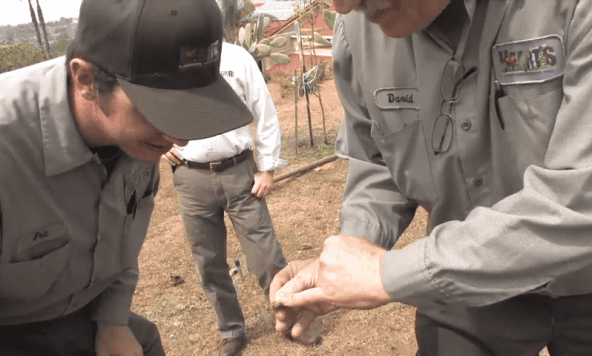Pest Control with a Heart
Servicing all Of Southern California
We provide FREE inspections for various complex pest control situations.
Get Your FREE InspectionEPA Award Winning Pest Control Service!
Why Choose Hearts Pest Management:
- Health Conscious
- First Do No Harm!
- Custom Built Plans
- Flexible Scheduling
- Experienced Technicians
- Budget Sensitivity
Organic "Green Thumb" Program
Green Thinking to a Green Award Winning Company. We are constantly updating the list of products used within this program.
EPA Award Winning
We are the first pest control company in Southern California to achieve the California EPA Integrated Pest Management Award.

Active Member of the National Pest Management Association
We are one of the few pest control companies in this region licensed to perform both structural and landscape services.
What Can We Help You With?

We are the first pest control company in Southern California to achieve the California EPA Integrated Pest Management Award.
We provide free inspections for various complex pest control situations. Our pest control services are tailored to each community and their unique micro-climates that impact your pest control plan.
Learn more with these articles from our pest experts.
Tips and insights to help you learn, prepare, and protect your property.
Explore the BlogWe customize the service to your needs & pest situation
Enjoy a pest-free life!
Get Started